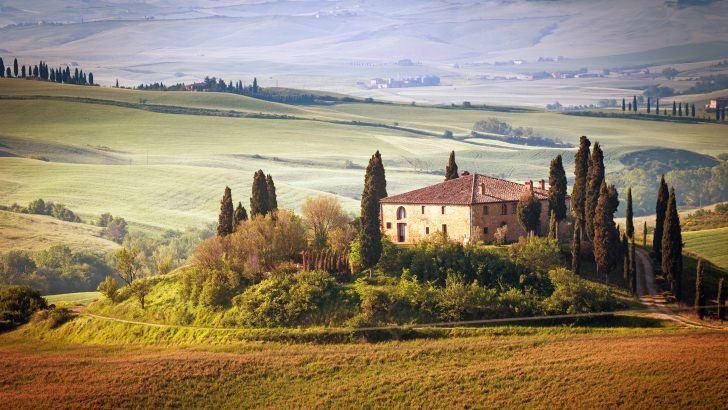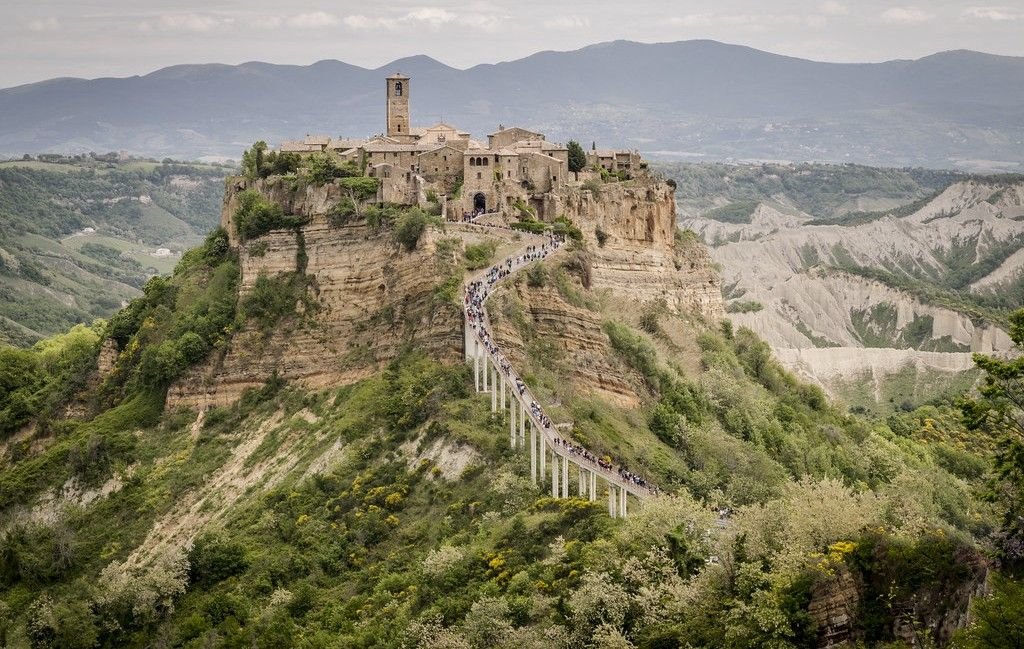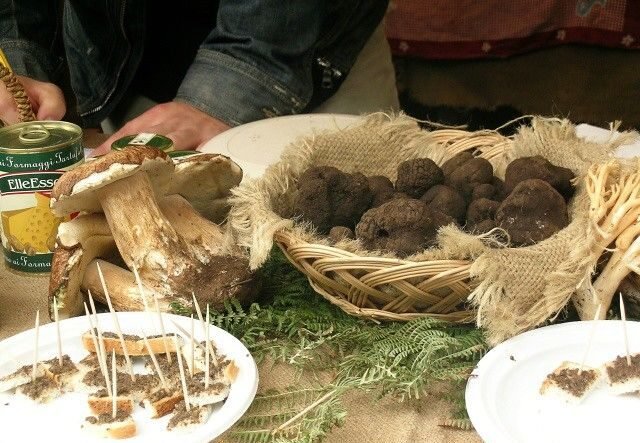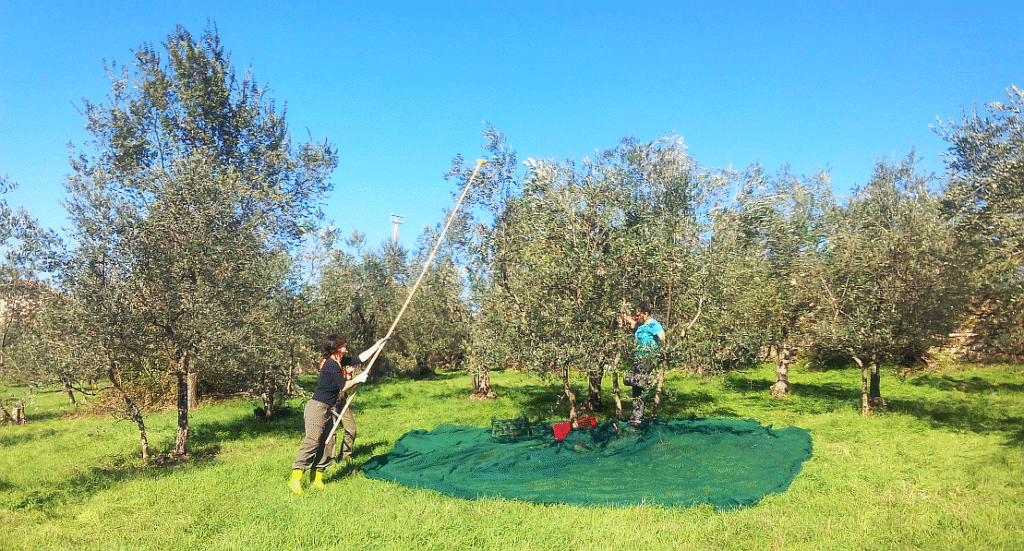Physical Address
304 North Cardinal St.
Dorchester Center, MA 02124

Exploring the Italian Countryside-For Travelers Seeking Authentic Regional Experiences Away from the Crowds

Fairytale Villages Off the Beaten Path
Meta Description:
Looking for a real escape from the crowds? Discover hidden gems in the Italian countryside, where pure nature meets deep culture. Find locally loved spots and plan an unforgettable family getaway far from the noise.
Have you ever stood in front of the Leaning Tower of Pisa, surrounded by selfie sticks and tour groups, and wondered , is this really Italy?
I did. And that moment changed how I travel forever.
A few summers ago, I took a wrong turn in Tuscany. My GPS failed, my phone had no signal, and I ended up in a village so small, it didn’t even have a post office. But what I found there , the smell of rosemary on sun-baked stone, the sound of an old man singing while pruning vines, the taste of olive oil pressed that morning ,felt more Italian than any landmark ever could.
That’s the magic of the Italian countryside: a world of hidden gems, where time slows down, and every cobblestone tells a story.
While cities like Rome and Venice grow louder and more crowded, rural Italy offers something rare , authenticity. It’s where families have lived the same way for centuries, where food is grown in backyards, and festivals are held in honor of saints no one outside the valley has ever heard of.
And yes, these places are vanishing. Younger generations move to cities, villages shrink, and some hamlets may not survive another decade. That’s why now is the perfect time to visit , not just to explore, but to preserve.
If you’re looking for ideas for family holidays that go beyond museums and queues, the Italian countryside is your answer.
Let’s dive in.
Forget the guidebooks. The real Italy hides in places most tourists never reach. These are unfamiliar places where life unfolds quietly, beautifully, and without an Instagram filter in sight.
Here are a few locally loved spots worth seeking out:

Civita di Bagnoregio-“the dying town

Emilia-Romagna
These are not just destinations , they’re experiences. And they’re exactly what travelers searching for unexplored wonders are craving.
For more off-the-radar escapes, check out our guide to Hidden Gems .
Close your eyes.
You’re sitting in a sun-drenched piazza. A cat naps on ancient stone steps. An old woman hangs laundry, humming a tune from the 1950s. The air carries the scent of thyme, wood-fired pizza, and damp earth after a summer rain.
This is the sensory soul of rural Italy.
And the best part? You don’t need a five-star restaurant to experience it. Some of the most unforgettable meals happen in a nonna’s kitchen, where she charges you €10 and refuses to let you wash the dishes.
Want to dive deeper into local flavors? Explore our Cultural Experiences section for food tours, cooking classes, and village festivals.
Let’s be honest — Italy in July can feel like a sauna with crowds.
If you want to truly enjoy the countryside, timing is everything.
Pro tip: Visit during local sagre — small-town food festivals. They’re not in most travel guides, but they’re where the real culture lives. Look up “sagra del fungo” (mushroom festival) or “sagra della porchetta” (pork festival) , you won’t regret it.

Getting to rural Italy isn’t always straightforward , but it’s part of the adventure.
Most international travelers land in Rome, Milan, or Florence. From there:
Once you’re in the countryside, walking and biking are the best ways to explore. Many villages are car-free, with narrow alleys only accessible on foot.
For detailed itineraries, visit our Planning Tourist Routes page.
No need to break the bank to stay in paradise.
The Italian countryside offers incredible variety , whether you’re traveling solo, as a couple, or with kids.
| Agriturismo (farm stay) | €60–€120 | Families, food lovers, budget travelers |
| Trullo (Puglia) | €90–€180 | Couples, unique stays, Instagram lovers |
| Historic villa rental | €200–€500 | Groups, luxury seekers, special occasions |
| B&B in a village center | €70–€110 | Solo travelers, culture seekers |
Agriturismos are a standout , working farms that host guests. You get fresh food, a cozy room, and a chance to meet locals. Many offer kids’ activities, making them perfect for family holiday ideas.
Looking for more affordable stays? Check our Family Trip Planning guide.
Skip the tourist traps. The best meals are hidden in plain sight.
And don’t miss the farm visits:

Tuscany, olive harvest
These aren’t just meals , they’re memories in the making.
For nature lovers, our Nature & Wildlife page offers eco-friendly food and farm tours.
Italians are warm , but they notice everything.
To avoid standing out as a tourist:
Respect the pace. Life here is slow, intentional, and deeply personal.
Want to go deeper? Try something unexpected.
These moments transform a trip into a journey.
For history buffs, explore our Historical Wonders section.
Traveling with kids doesn’t mean sacrificing authenticity , or your budget.
One of my favorite memories? Watching my niece chase chickens in a farmhouse in Umbria, then falling asleep with dirt on her cheeks and a smile on her face.
That’s the kind of family holiday idea worth remembering.
For more inspiration, visit Family Trip Planning .
Do I need a visa to visit Italy?
No, if you’re from the US, UK, Canada, or EU. For others, check the official Italy visa website .
Is the Italian countryside safe?
Yes , crime is low, and locals are protective of visitors. Just use common sense.
Can I get by with English?
In cities, yes. In villages, basic Italian helps. Learn a few phrases.
Are rural areas accessible for seniors or disabled travelers?
Some are, but many villages have cobblestones and no elevators. Call ahead to confirm accessibility.
When will the 2025 food festivals happen?
Most are in late summer and fall. Check town websites or local tourism offices for exact dates.
The Italian countryside isn’t just a place , it’s a feeling.
It’s the warmth of a shared meal, the quiet of a mountain dawn, the joy of getting lost and finding something beautiful.
These unexplored wonders won’t last forever. But if you go now, you’ll not only discover them , you’ll help keep them alive.
So ask yourself: do you want to see Italy, or do you want to feel it?
Ready to plan your escape? Start by exploring our Popular Destinations or use our Planning Travel Trips tool to build your perfect rural getaway.
And when you return, tell us your story. Did you find a hidden chapel? Share a meal with a farmer? Dance at a village festival?
We’d love to hear it.
Because at Travel Go Easy, we don’t just help you travel , we help you belong.
This article is exclusively written for and copyrighted by Travel Go Easy . Unauthorized copying or reproduction is strictly prohibited.
For more inspiring travel content, explore our full collection at Travel Go Easy .
So ask yourself: do you want to see Italy, or do you want to feel it?




